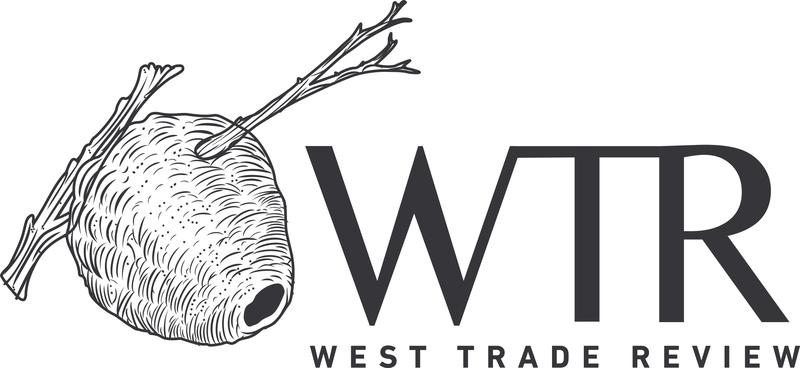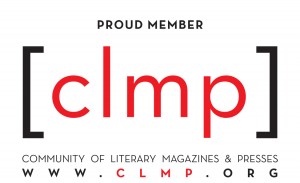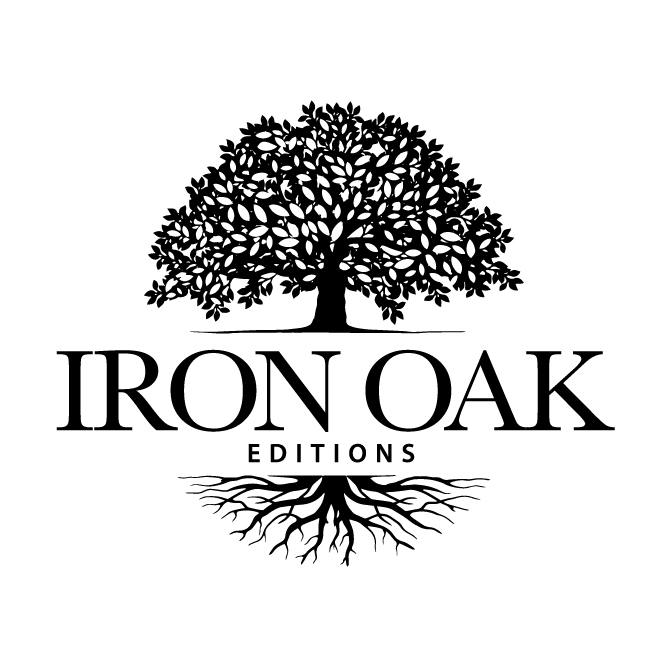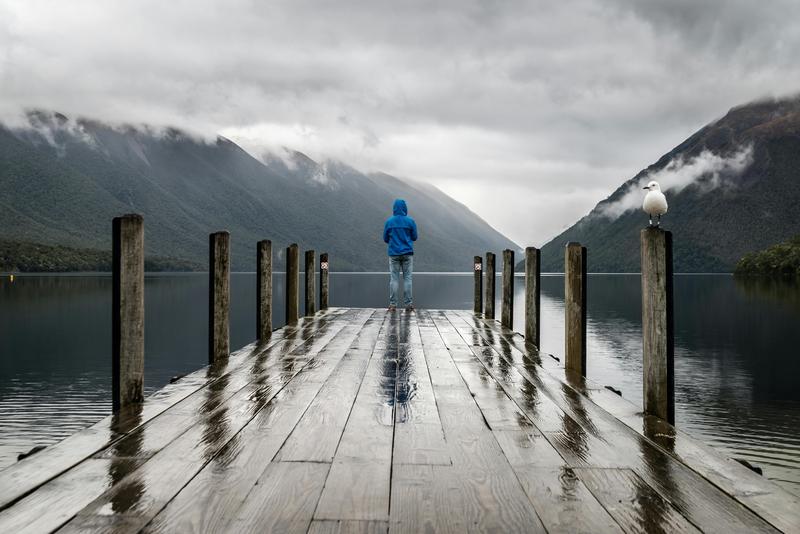by Melissa Goodnight
August 7, 2024
The Age of Loneliness by Laura Marris; Graywolf; 208 pages; $18.00
Professor and translator Laura Marris’ debut essay collection The Age of Loneliness takes readers into deeply insulating landscapes by skillfully weaving personal narrative and ecological history. Marris employs vivid imagery and tension-filled paradoxes to drive her themes, which include grief, uncertainty, and belonging, among others. She asks for readers to walk alongside her through personal loss and into the ecological degradation of our world, mapping out what it means to live curiously and love deeply in landscapes of loneliness.
It's clear that Marris relies on structure to cure the chaos that can sometimes accompany memoir writing. Her collection is told in three parts, with a familiar beginning, middle, and end, but like the natural world, her writing — though at first glance tidy and ordered — is full of paradoxes that create a sense of both uncertainty and isolation. But it’s the humming coming from inside the essay that will stay with the reader.
In her first few essays we are introduced to Marris’ time spent in “lonely” landscapes, like the airports she passes through while attempting to maintain a series of long-distance relationships. Marris meditates on the ways in which unlikely landscapes can fuel the feelings of isolation and loneliness, while she begins to center the personal narrative on the memory of her nature-loving father whom she lost to cancer many years before.
With “Flat-Earthers” the reader begins to piece together the various strands of narrative coiled like a snake around central places and people. Here Marris introduces the man that would become her husband, Matt, discussing how they would often climb the hill by Matt’s office to see “MCity,” a life-sized simulation city created to test autonomous cars in Ann Arbor, Michigan. The desolation and degradation they discovered was alarming: self-driving cars cruised streets made to look real, with flat-people and unmoving animals roaming about in a Sim-like world. Meanwhile they were forced to reconcile with the understanding that their future and the future of our world were both uncertain. Of their last time overlooking “MCity” Marris writes:
“That afternoon, as we stood in the dead quiet overlooking the fake self-driving city, we could imagine a future where the last man on Earth summons an autonomous car from the ruins of a Detroit auto show. The car knows each turn of the road, each shape of an animal that might cross its path, though the landscape will be almost empty. This pattern recognition will be a form of ecological memory. Like a bird watcher’s list, if the birds were remembered only as obstacles, as varying nonhuman shapes with limited potential to fuck up a car.”
The author uses lists of birds as an important role in her collection and life. Each of the sections conclude with a photograph of a bird list. Though little attention is paid to the list on the page (they are merely titled Bird List One, Two, and Three respectively in the table of contents) the essays between them act a bridge to get the reader to the story hidden in the image. For example, Bird List One, the first handwritten bird list penned by her father in 1989, comes directly after that final quote in “Flat-Earthers” and harkens to the following essay, “Cancerine.”
In “Cancerine” Marris introduces her father’s treatment through an examination of Atlantic horseshoe crabs and their beluga-blue blood routinely harvested for medical treatment, including cancer drugs. This is an example of Marris’ ability to mine the tension created by a paradox to make meaning. The Atlantic horseshoe crab, while it lives in water, can survive for short periods of time on land. This living between both worlds has allowed the harvesting of these animals and for the first time in nearly 500 millions years their numbers are waning. Their blood helps humans in immeasurable ways. Yet they are being slowly lost even after all that they has given us.
This type of plaintive examination of ecological degradation lives seamlessly alongside the personal narrative throughout and continues to ask questions of the reader, both overtly and covertly. Although the vivid imagery used to draw the reader into the world of Atlantic horseshoe crabs and cancer treatment is veiled with slight lyricism it by no means meanders into the saccharine. Instead Marris relies on images told plainly and at times directly from her memory creating balance and levity. In “Cancerine” she writes simply:
“A bubble of accumulated images: We are walking across a marsh at low tide, the marks of deep mud creeping up our shins. We are in a field of flattened grasses, a clearing where deer have slept within the wall of tawny reeds. We’re beneath the branches of dead saplings, their roots plunged in brackish water, a ghost forest at the edge of the tide.
What still hovers is his kindness: I, the child, found a horseshoe crab one day, and wanted to open its leg to see if the blood was really blue. And my father appeared and said, ‘Animals don’t’ like to be poked with sticks!’”
The middle section is bookended by Bird List One and Two, a computer-generated list from 2018 charting flights on a particular day from New York that were involved in a “bird strike.” This is what scientists and aviators call the moment birds and planes collide. This meaty middle section chronicles Marris’ visit to the Feather Identification Lab in Washington, D.C. while she attempts to discover whether she was on one of the flights involved in a strike. It also introduces readers to snarge, airport biologists, and finally to the Christmas Bird-Census, a community science birdwatching event held every Christmas and one that her father participated.
By the time the reader gets here they are familiar with Marris’ preoccupation with ornithology and her examination of ecological harm and the impacts in both our world and in the natural world. Marris has successfully laid the groundwork for the last of the paradoxes, the thin line between desperation and hope, isolation and connectedness, of the past and of the future.
In the last section is where we find the longest essay in the collection, “The Echo,” in which Marris takes readers into the toxic history of New York’s Love Canal through interviews and conversations with community activists, residents, and historians. Marris and her husband have moved to Buffalo, where she is anxious to find that elusive feeling of community. But she’s immediately clued into the oft-overlooked stories and people of Love Canal. Though no longer a Superfund site, the area was and is still teeming with toxins that have created lasting impacts to the people and the nature that live there. Marris’ strict adherence to structure, her remarkable imagery, and her dependance on paradoxical tension pays off as readers are taken through deeply troubling history alongside what feels like her own fevered attempt to find solace and peace within her new community.
In the end, we’re there when she finds what she is looking for after we have traveled with her while retracing her father’s steps in Connecticut nearly two decades after his death. We are there while she sleeps in the small schoolhouse her parents first lived, when she walks the worn paths she did with her father as a child, and eventually when she participates in the Christmas Bird-Census in the same area that her father had, with the same people who had welcomed him decades before.
Bird List Three is found at the end of the collection. It acts as the final stop in the tapestry of personal and pragmatic, of messy migrations and even messier memories. It shepherds her personal narrative toward the final feelings of connectedness and belonging and it gives readers hope that she has found the solace that she was seeking and that we as a people, as a species, understand what we must do next.
In the end, I came to adore this collection for what it is and for what it is not: For the kinetic ride these essays took me on, the slow humming running just beneath the white space on the page, and for the ways that Marris allowed me to draw my own conclusions, map my own emotions, never telling me how to feel, to grieve, just simply guiding me to the right questions to ask.
__________________________________________________________________________________________________________________________________________________________________________
__________________________________________________________________________________________________________________________________________________________________________
__________________________________________________________________________________________________________________________________________________________________________
Weaving Worlds: Mapping life, landscape, and loss in Laura Marris’ The Age of Loneliness
NONFICTION REVIEW
Image by Gabriela Palai from Pexels
Melissa Goodnight's work has appeared in Moon City Review, Mud Season Review, and Litro, among others. Melissa earned a BA from Missouri State University, an MA from the University of North Carolina at Charlotte, and an MFA from Mississippi University for Women. She lives in Atlanta.
__________________________________________________________________________________________________________________________________________________________________________
__________________________________________________________________________________________________________________________________________________________________________
© 2024 Iron Oak Editions
Stay Connected to Our Literary Community. Subscribe to Our Newsletter





